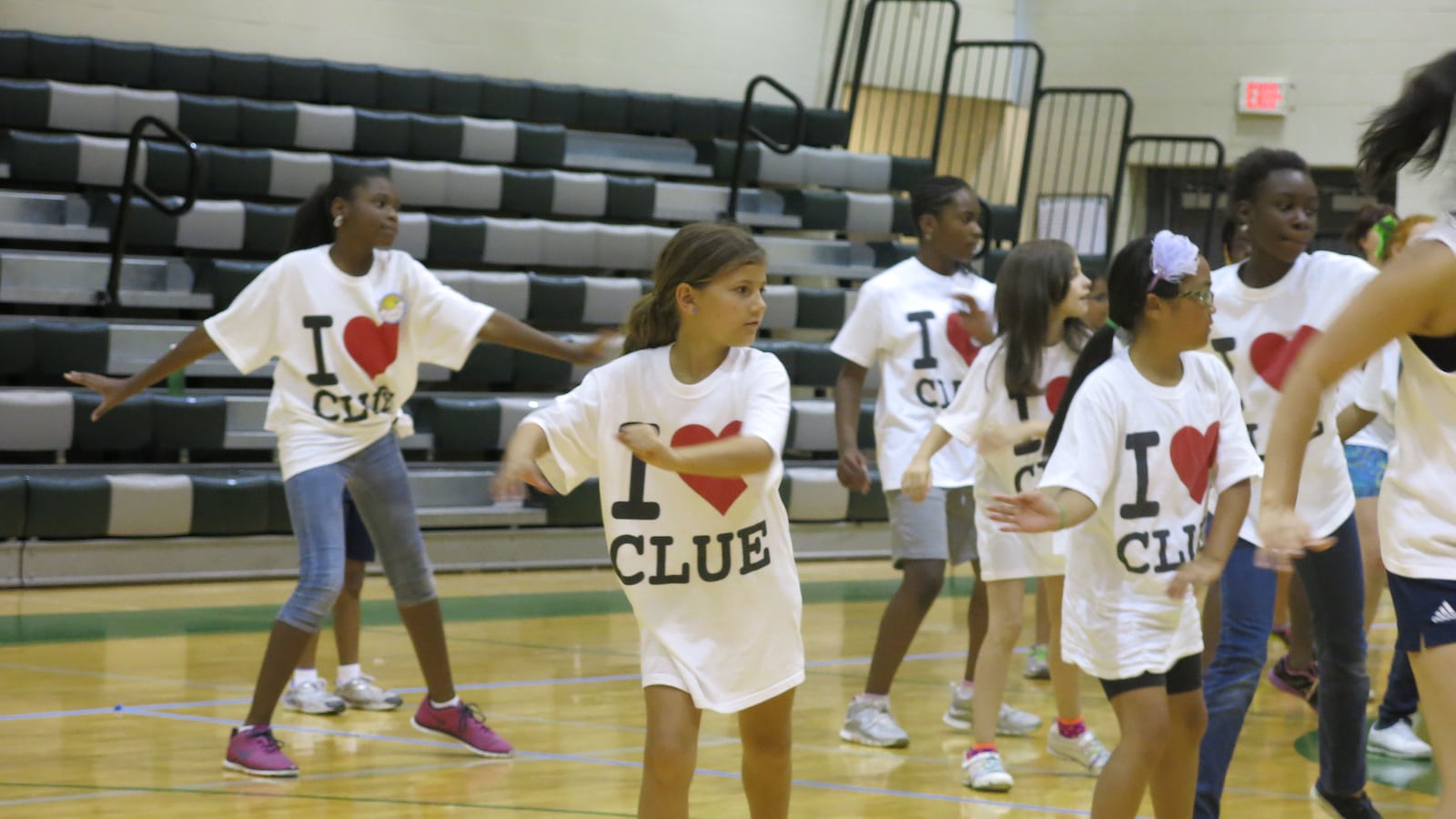Black students are far less likely to be placed in gifted programs, even if they have the same test scores as their white peers and especially if their teacher is white, according to a new study by researchers at Vanderbilt University.
And at least partly to blame may be a teaching force that is mainly white, and the level of subjectivity that still goes into decisions about which students make the cut in gifted programs, the researchers say.
“It is startling that two elementary school students, one black and the other white with identical math and reading achievement, will have substantially different probabilities of assignment to gifted services,” said Jason Grissom, the lead author.
The study was based on data from more than 10,000 elementary school students across the nation.
The data showed that black students were 66 percent less likely and Hispanic students were 47 percent less likely than white students to be assigned to gifted programs.
While the white-Hispanic assignment gap could be attributed entirely to a difference in achievement test scores, black students were assigned to gifted programs half as often as white peers with identical test scores. But researchers found that black students with black teachers were three times more likely to be granted access to gifted programs.
Grissom said the findings don’t suggest white teachers tend to be racist. Other factors may come into play.
“Maybe students respond differently to teachers with backgrounds similar to their own,” he said, or maybe a parent is more likely to approach a teacher about opportunities in a gifted program if the teacher is the same race.
“The implication of all three of those is that you’re relying on discretion to start the process,” he said. “One implication of this study is that we need to reduce the amount of discretion.”
The Catch-22 is that other studies show that achievement tests don’t always do a good job of identifying gifted students of color.
“It’s an interesting problem,” Grissom said. “You have to be really thoughtful. One kind of policy change can create opportunities for disproportionalities to slip in somewhere else.”
The study’s findings could assist districts that are seeking to make their gifted programs more fair and inclusive.
In Metropolitan Nashville Public Schools, for instance, the district nearly doubled the percentage of newly identified gifted black students during the last year, from 12 percent last spring to 22 percent this year.
Schunn Turner, director of the district’s gifted program known as Encore, attributes the increase to increased efforts to make parents aware of the opportunity — but there’s more work to be done.
“MNPS must still improve the overall representation of these groups in our total enrollment numbers,” Turner said in an email, bolding the text for emphasis.
In Memphis, district leaders have tried to identify gifted students of color and in poverty as early as pre-kindergarten for inclusion in its program called Creative Learning in a Unique Environment, or CLUE.
When the district first started the program during the 1970s, leader Jo Patterson noticed that students with less resources at home were being left out, no matter how smart they were. So leaders began identifying younger students for enrichment programs such as trips to museums and other cultural activities in an effort to correct the disparity, a practice that continues today.
CLUE director Tommie Yelvington said she tries to ensure that students at all schools have access to gifted programs, and has upped the level of outreach to needier neighborhoods. Shelby County Schools also screens all of its students for gifted programs in the third grade, which Grissom said could help circumvent the problems of biases that arise when individual discretion plays too big a role.
“One of the most important things we do is to provide opportunities for all of our children,” Yelvington said.


